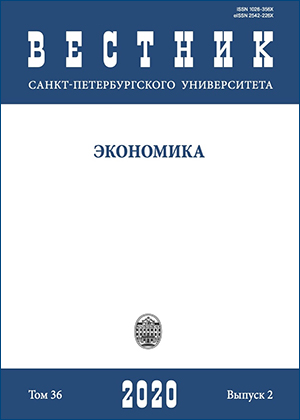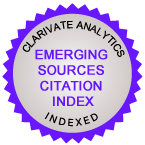Human capital in economic growth theory: Classical models and new approaches
DOI:
https://doi.org/10.21638/spbu05.2020.201Abstract
For a long time economists have been actively discussing the mechanisms of economic growth. One of the most fundamental factors of economic growth which underlies the variation in per capita income between different countries is human capital, i.e., the stock of knowledge and professional skills embodied in each person. Human capital can be considered as an input used in the production of economic value, just like physical capital — additional investments in human capital (in the form of education or training) earn additional returns. At the same time, from the point of view of economic theory, human capital is very different from other types of capital — in particular, the production of human capital exhibits increasing returns to scale, which is not true for physical capital. This survey aims at discussing the role of human capital in the theory of economic growth. In particular, we address the following issues: why did Adam Smith compare an educated person with an expensive machine; how the growth rate of technical progress and education affect each other; what is the difference between knowledge and human capital as economic goods; how accumulation of human capital leads to leapfrogging; how to measure the level of human capital; why education investment policies in many countries did not succeed in promoting economic growth; how social environment affects the accumulation of human capital; what is human capital externality and how does it operate. We hope that this survey will contribute to the accumulation of human capital in our country.
Keywords:
economic growth, human capital, technical progress, leapfrogging
Downloads
References
References in Latin Alphabet
Downloads
Published
How to Cite
Issue
Section
License
Articles of the St Petersburg University Journal of Economic Studies are open access distributed under the terms of the License Agreement with Saint Petersburg State University, which permits to the authors unrestricted distribution and self-archiving free of charge.






